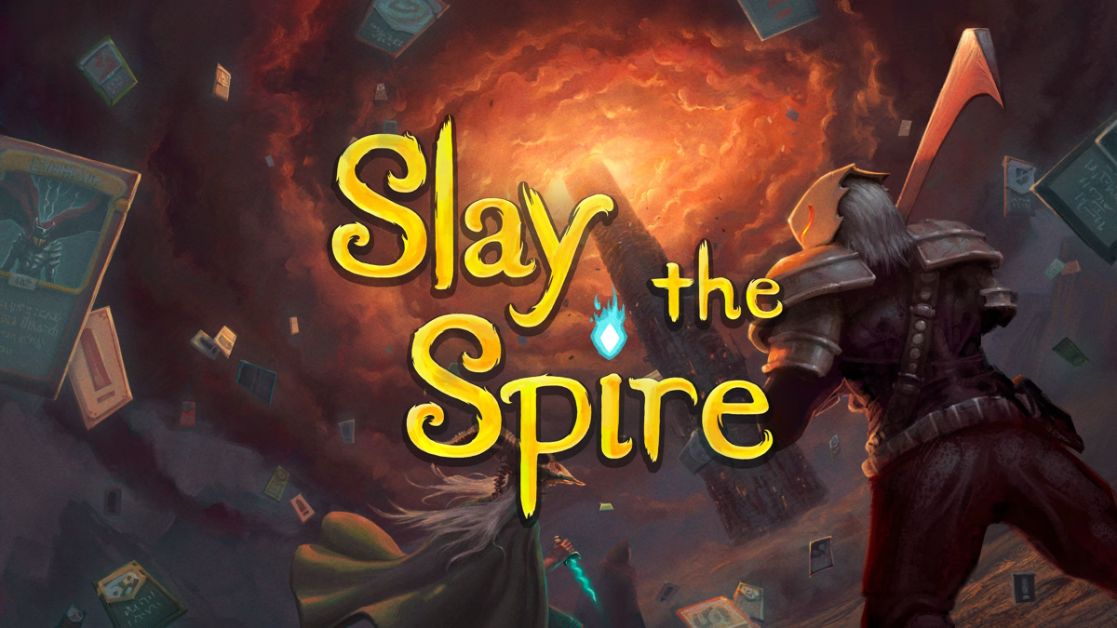This list of the top fifteen games that are similar to Slay The Spire is perfect for you if you enjoy that title. Play the game you want to play next right now!
In terms of roguelike deck builders, Slay the Spire is undoubtedly among the best. But for those who aren’t interested in its sizable modding community or who have run out of card games to play in real life, there are a lot of games that could satisfy that same itch.
Here in this article, we are going to talk about the well-known game Slay The Spire and the fifteen Best Games Comparable to Slay The Spire.
You Might Also Like: 13 Best Games Similar to Genshin Impact on Android and iOS
Artifact
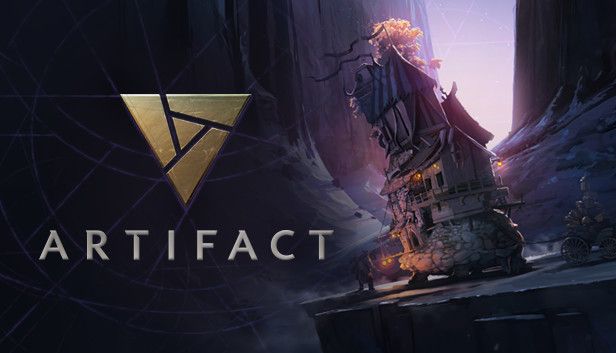
The setting of Artifact, a digital collectible card game created by Valve, is that of DOTA 2. The designer of Artifact is the same man behind Magic: The Gathering, Richard Garfield.
More than 300 cards make up the game, which is divided into four color themes (blue, black, green, and red) and three card classes (rare, uncommon, and common). Players must select the most potent combination of cards to increase their chances of winning because each card has a unique effect.
The game’s initial focus was only on online PvP matchmaking, but later in 2020, it underwent a redesign and an addition of a single-player campaign mode. The gameplay and drafting mechanics of the game were well-received.
A controversial monetization strategy was used when the game was released. Players could purchase potent cards through the game’s microtransactions. The game was later made freely playable in 2021.
Guild of Dungeoneering
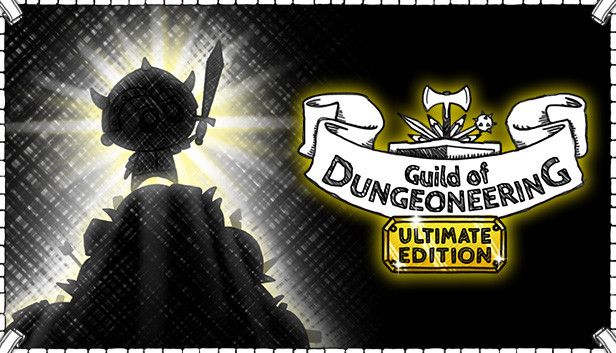
Guild of Dungeoneering, one of the few dungeon-crawler deck-builder games released prior to Slay the Spire’s historic debut, includes some of the same components that made the former so alluring. Due to the pen-and-pencil art style and aesthetic, it has a particular charm that makes you feel as though you’re doing your homework or getting ready for a game of tabletop role-playing.
The extensive card mechanics and deck management in Slay the Spire’s game are not quite as deep and complex as those in Versus Evil, but the game’s quick pace more than makes up for it.
The roguelike Guild of Dungeoneering is ideal if you want to complete several runs quickly before returning later. The combat system is also fairly straightforward, which can help you get a feel for how the game operates without overwhelming you with tons of cards and effects, which some deck-builders find difficult.
Versus Evil serves as a good starting point for newcomers to learn about deck-builder dungeon crawlers if you haven’t played Slay the Spire and are put off by its reputation and mechanics.
Even though Guild of Dungeoneering has simpler gameplay mechanics than some of the other games on this list, it’s still worthwhile to play, especially if you’re looking to add more card games to your collection.
Gordian Quest
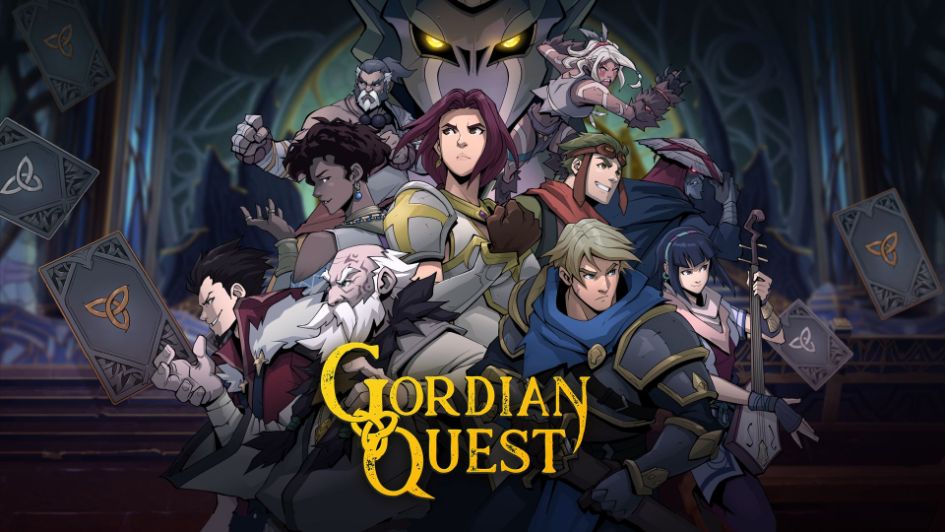
With more complex deck-building and card management mechanics, Gordian Quest raises the stakes. Of the many roguelike games on the list, this one tries to add more narrative weight and character development, but the narrative’s structure comes across as low-stakes and monotonous.
Fortunately, Gordian Quest really shines during gameplay. First off, compared to other games of this kind, the combat engagements in this one have a lot more room to maneuver and flexibility in positioning.
In addition to managing the cards in each of your characters’ decks, Gordian Quest features a robust card customization system that gives you more control over your playstyle and tactical options.
Gordian Quest also has an amazing Avatar: The Last Airbender-like anime-inspired aesthetic that makes each action all the more exciting and the animations captivating. It may falter in the story department, but Gordian Quest is another great entry point into deck-builder roguelikes with equal levels of fast-paced combat and solid card management systems.
Banners of Ruin
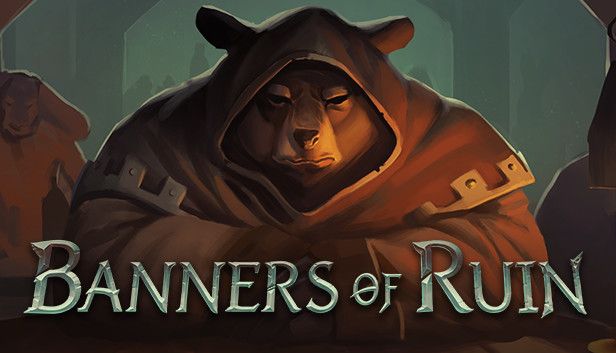
In order to maintain the excitement at a high level and provide you with novel encounters to keep you on your toes, many deck-builder games emphasize speed and a quick pace. One of those strategy games, Banners of Ruin, go the other way and slows down the action to emphasize better judgment and longer-term planning in combat encounters.
Your interest is piqued by Banners of Ruin’s imaginative anthropomorphic animal setting with a Medieval-style backdrop, attire, and architecture. There are several characters from various animal families, all of whom have unique playstyles and strategies, providing a wide range of options for every run.
As a result, each combat encounter becomes a battle of patient attrition and careful card application to maintain the long-term health of your party due to the slower pace of combat.
However, there are times when Banners of Ruin’s difficulty isn’t quite perfectly balanced, causing an uneven pace throughout the game, which can make some encounters either way too easy or way too hard.
However, Banners of Ruin does a good job of distinguishing itself from the competition with its unique approach to dungeon-crawling gameplay. This makes it ideal for players looking for a break from some of the more hectic deck-building games available.
Tainted Grail: Conquest
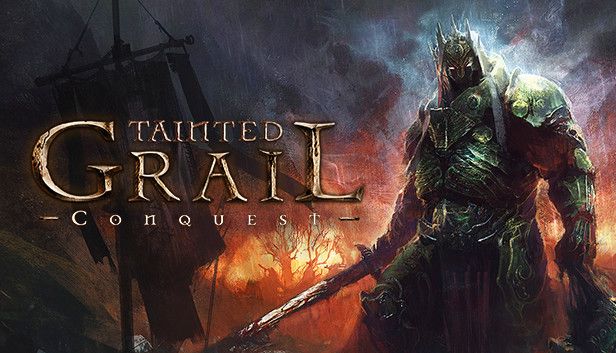
On our list, Tainted Grail: Conquest stands out as a digital rendition of a well-liked board game that blends Arthurian legend and Celtic mythology for a distinct dark fantasy world, something many games set in King Arthur’s world are doing.
Unlike the previous entries, Tainted Grail makes exploration a more expansive part of the gameplay by doing away with the traditional dungeon-crawling setting, opting for an ever-shifting procedurally generated world map.
The game’s large cast of characters, each with its own decks of cards, progression routes, and playstyles, is unquestionably its greatest asset. This diversity keeps every run interesting and feels like a new game of discovery.
Exploration only improves this because, like in Slay the Spire, random elements in deck-building can have unexpected effects on your character’s deck that could help or hinder your ability to move forward.
The gameplay’s heavy emphasis on exploration has the negative effect of making it occasionally grindy and repetitive, and the game’s dull gray color scheme reduces its replay value.
But perhaps out of all the games on the list, Tainted Grail is one of the few ones where the clearly defined setting actually helps to support it and makes it a fantastic companion piece to Slay the Spire.
Roguebook
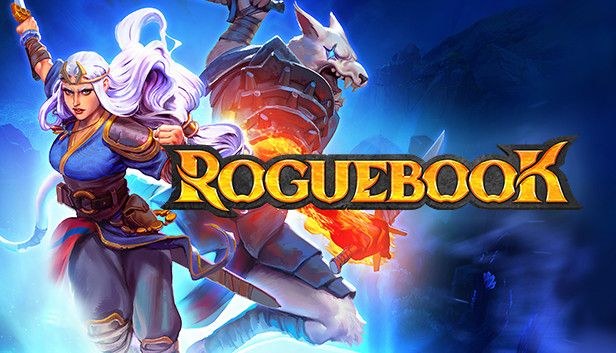
Roguebook is about as “like Slay the Spire but different” as they get, and that’s genuinely not a bad thing. As the player progresses through a series of hex-grid levels, they can choose from one of four playable characters, choosing their primary and secondary for each character.
Instead of using a 2D map, players gradually reveal the hex grid using brushes and inks in an effort to find as many advantageous events or battles as they can.
The combat itself is different enough, introducing a “Swapping” mechanic between the front and back characters, as well as a host of other game-specific status effects that may take beginner players a bit to get used to.
There is a ton of depth to these randomly generated maps, and the NG+ mode offers a ton of replayability even though there are only three playable maps and the runs are a little on the short side.
Roguebook’s almost nonexistent story is its only significant flaw. However, this is more of a plus than a draw for the vast majority of roguelike enthusiasts.
The Binding of Isaac
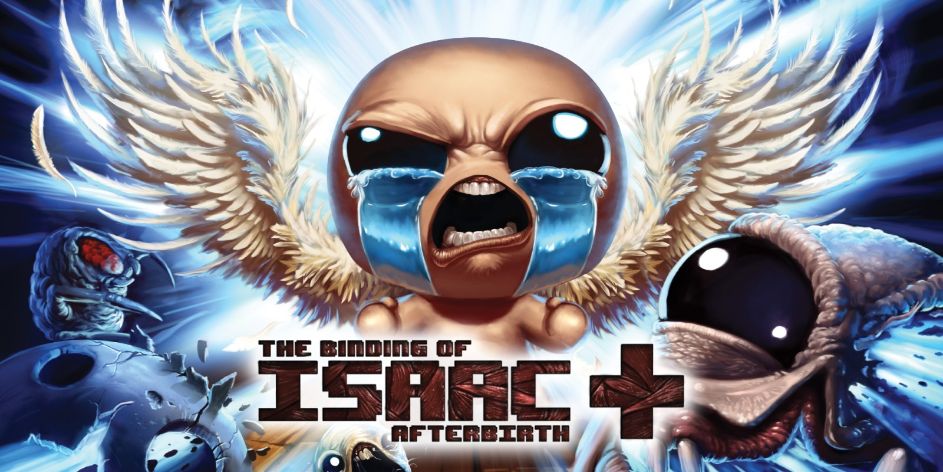
Along with a few other games, The Binding of Isaac was largely responsible for igniting the roguelike genre. The game has undergone various iterations, including Rebirth, Afterbirth, and the current version, Repentance. There is an insane amount of new content added in each of these expansions or new iterations.
We’re talking about bosses, over 20 distinct endings, difficulties, unlockables, and characters. It has an insane amount of content, thousands of unique item synergies, and a cute yet grotesque art style. This game is perfect for you if you want a game that you can play indefinitely and still feel somewhat new after each run.
Griftlands
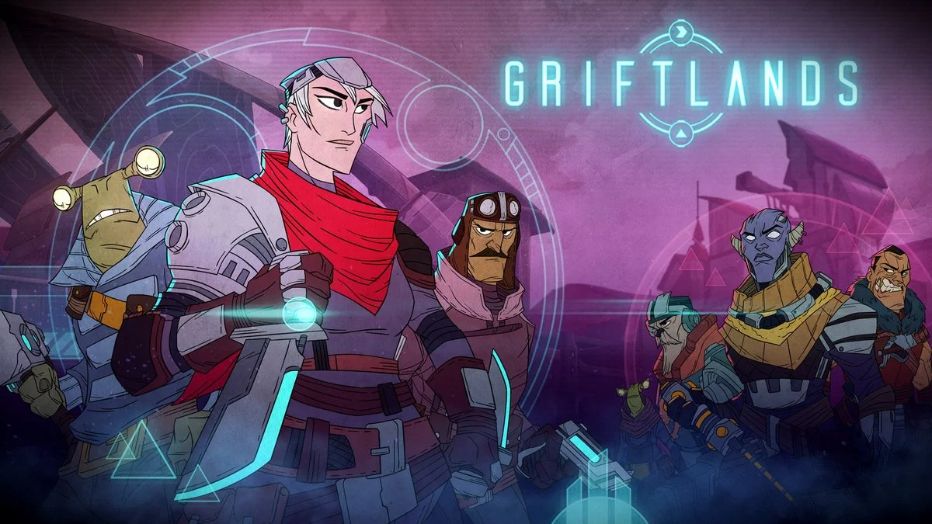
Griftlands is a rather distinctive deck-building game developed by Klei Entertainment (the same company behind classics like Shank & Don’t Starve). It adds some pretty unique mechanics that are fresh to the genre and is much more narrative-focused than you’d probably expect.
It’s true that Griftlands is a deck builder, but it’s actually a sci-fi roguelike narrative deck-building RPG. It has its fair share of problems, and each “run” is significantly longer than a standard StS run, but the whole Negotiation combat mechanic it adds is incredibly interesting and makes it much easier to play as a silver-tongued mercenary than a bloodthirsty one.
Griftlands has an absurd amount of content for the price, and the world that it creates through the various stories is one that we’ve never seen before in any game like it. It has three playable campaigns, an endless mode, and even original daily challenges.
Across the Obelisk
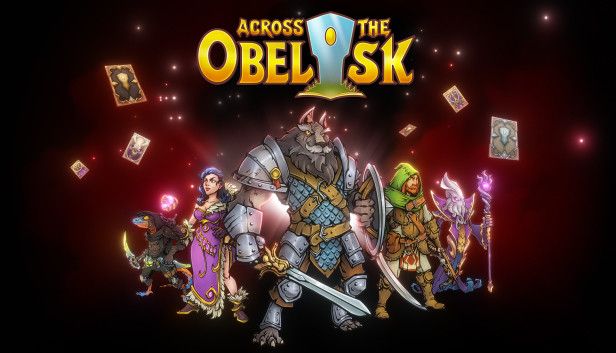
The least well-known of these games, Across the Obelisk, is one that we absolutely adore. It was released on April 8th, 2021, and has a player base that has been steadily expanding since then, so it is likely to gain more notoriety in the coming weeks.
With such compelling gameplay, it is well deserving of popularity.
AtO is basically a cooperative version of Slay the Spire. It’s an early access map-based roguelike deck builder where you (and up to three friends) pick from 11 characters to put into a team of four, each with their own starter decks and distinctive gimmicks.
From a werewolf knight to a cleric pig to even a pyromaniacal cult leader, these characters represent a wide range of archetypes.
Even though the game is still in early access, the developers have already demonstrated their commitment to adding new characters, patches, and updates. In fact, the creation of the Prophet and the Loremaster, two new characters, is currently underway.
Monster Train
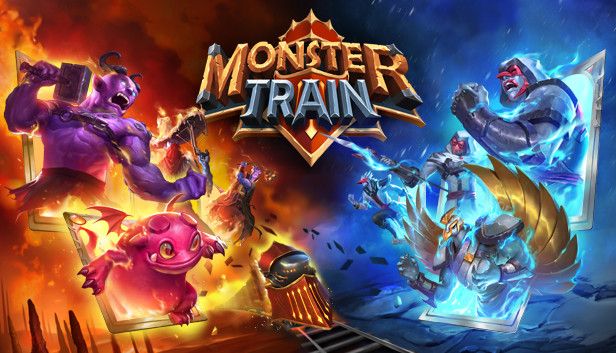
A game called Monster Train, in which players attempt to steer a train full of monsters across a hellish frozen landscape is another obvious recommendation for anyone who enjoys Slay the Spire.
There are five different monster clans you can choose from, and as you progress through the game, each one will gain new cards for subsequent plays.
Combat is naturally turn-based, and the card-battling system has been modified so that you can mix and match minions and spells from different clans rather than just one. Monster Train emphasizes horizontal movement using three active battlefields rather than just one, in contrast, to Slay the Spire, which is all about climbing a tower vertically.
Ring of Pain
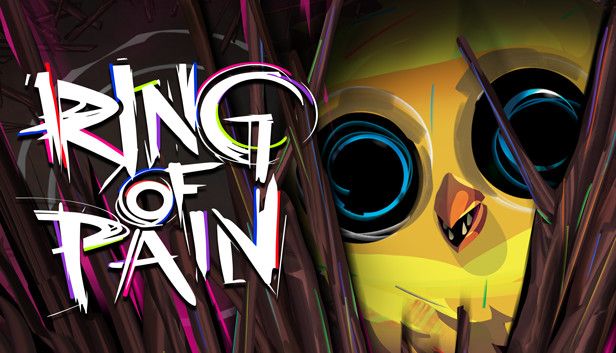
We’ve talked a lot about extremely ambitious roguelikes and deckbuilding RPGs so far, but we also want to highlight some less well-known, more understated games with strong mechanics.
Ring of Pain is a roguelite dungeon crawler that incorporates card battle combat and puzzle mechanics to make for an addictive “one more run” gameplay experience that’s hard to put down.
It challenges you to explore randomly generated ring dungeons full of ominous foes, obstacles, and secret passageways just waiting to be discovered. You can play this game repeatedly and keep discovering new, tiny secrets that change how you approach conflict and engage with the outside world.
Magic: the Gathering Arena
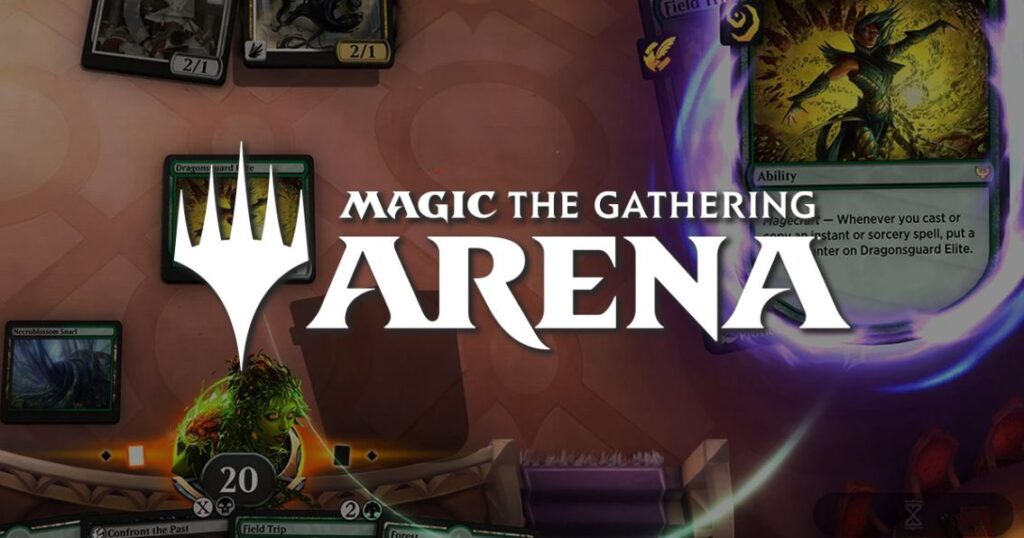
Magic: The Gathering Arena is a digital adaptation of the board game Magic: The Gathering (considered the first collectible card game) developed by Richard Garfield. Cards can be obtained in the game through booster packs, in-game achievements, or small payments.
The cards can be used by players to cast spells or activate unique abilities and effects. But once more, they must use caution because each card used depletes/consumes a portion of the player’s mana.
Both players compete in this multiplayer, free-to-play CCG in an effort to exhaust the other player’s life and win. There is no excuse for you not to try MGT Arena if you’re looking for the best games like Slay the Spire.
Faeria
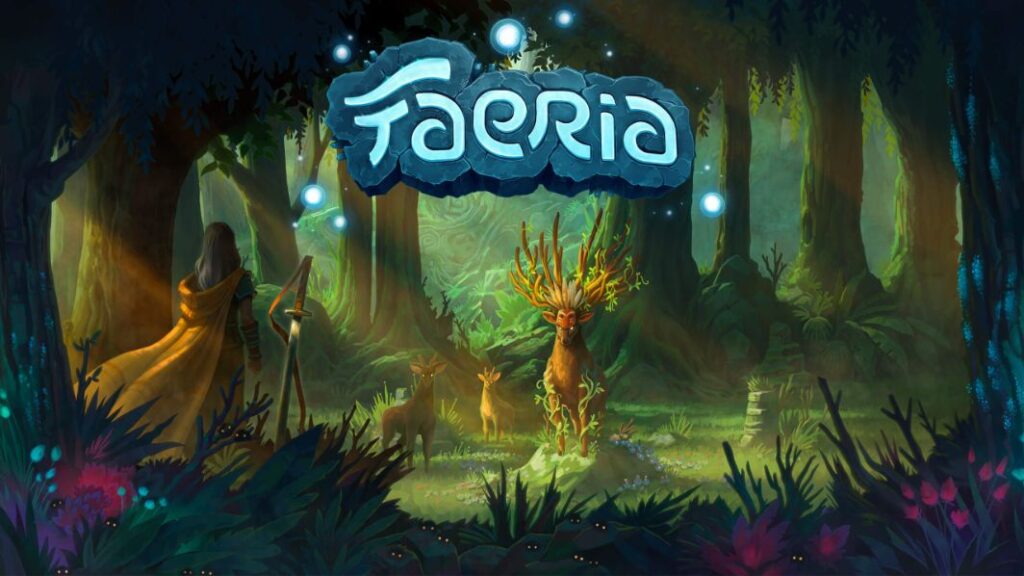
Similar to Slay the Spire, Faeria is a deck-building game. On a blank hex board, a player can engage in combat with an AI or human opponent. The players’ two avatars are positioned on the board across from one another. Four other spells on the board can grant players extra mana if their cards are placed next to them; however, this condition must be met.
According to the game description, you can acquire all of more than 300 different cards in the game in under 50 hours. All of the cards in the game are obtained through play; there are no microtransactions in the game.
The business model for the game is based on DLC. Critics gave the game high marks for both its gameplay and art direction. Various lists of the top deck-building games frequently include the game.
One Step from Eden
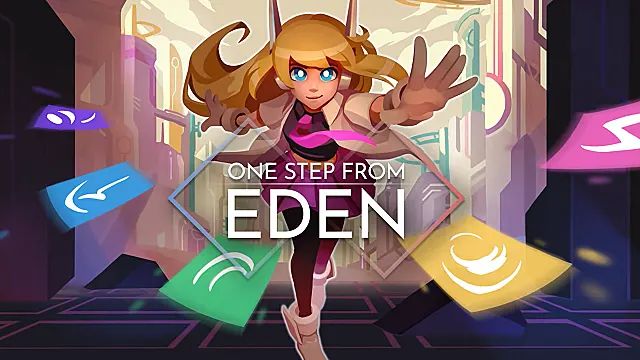
one of the best games in its category and one of my favorites. A slight variation on the deck-building subgenre is offered by One Step from Eden. The fact that the combat in this game takes place in real-time and is not turn-based distinguishes it from Slay the Spire and other games that are comparable to StS.
The player can move his or her character one tile at a time while the game uses tile-based traversing on a 4-by-4 grid while engaging in combat.
Of the nine playable characters that are available at the game’s beginning, the player may select any one. Different spells, objects, and weapons are available to each character. There are single-player, co-op, and multiplayer game modes available. The game’s battles are quick and frequently end in under a minute.
My personal recommendation is that you play One Step from Eden if you haven’t already. On Metacritic, the game has an overall rating of 82/100 for PC.
Inscryption
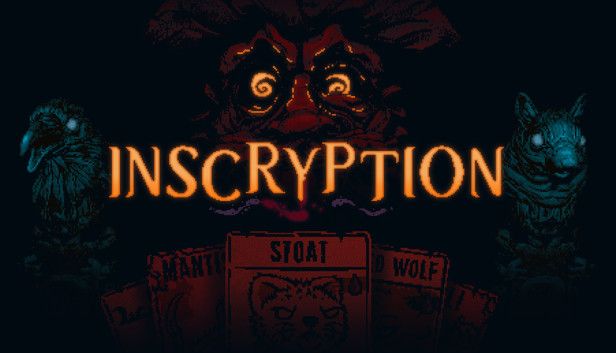
A roguelike deck-building game in the horror genre is called Inscryption. None of the games on this list provide information about the setting where the game takes place. It conveys an unsettling and secretive feeling.
The game includes all the standard components of a deck-building game but also adds new elements, such as an art style and horror, that have never been seen before in the deck-building genre.
The audience reacted favorably to encryption and praised it for including elements that had never been used before. The game was a nominee for “The Game of the Year” at the 2021 Game Awards. If you enjoy horror films, you will adore this game because it has a strong element of addiction.
Conclusion: Play Games Now
The game that reimagined and revolutionized deck-building is called Slay the Spire. The best roguelike deckbuilding game available is frequently regarded as this one.
These are some Games That Compare to Slay The Spire. Please send your friends this list if you like our suggestions.
